
Necromys is a genus of South American sigmodontine rodents allied to Akodon. This genus has also been known as Cabreramys or more recently Bolomys, and the northern grass mouse has recently been transferred from Akodon.

Apodemus is a genus of Muridae. The name is unrelated to that of the Mus genus, instead being derived from the Greek ἀπό-δημος.
The link rat is a species of rodent in the family Muridae. It is also known by the common name Congo forest mouse. It is native to central Africa.

Mice in the genus Dendromus are commonly referred to as African climbing mice or tree mice, although these terms are often used to describe all members of the subfamily Dendromurinae. The genus is currently restricted to sub-Saharan Africa, but fossils classified in the genus have been found from Late Miocene deposits in Arabia and Europe.
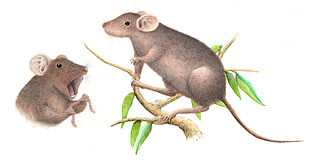
Apomys, commonly known as earthworm mice, is a genus of rodent endemic to the Philippines. Mice belonging to this genus are generally called Philippine forest mice and can be found on most islands of the Philippines except in Palawan, the Sulu Archipelago, and the Batanes and Babuyan group of islands.

Baiomys is the genus of New World pygmy mice. Together with Scotinomys, it forms the tribe Baiomyini. It currently contains two extant species:
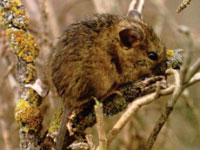
Reithrodontomys is the genus of groove-toothed New World harvest mice.

The Asia Minor spiny mouse is a species of rodent in the family Muridae.
The Kashmir field mouse is a species of rodent in the family Muridae. It is found in India, Nepal, and Pakistan.
Big-footed mice (Macrotarsomys) are a genus of rodent in the family Nesomyidae. It contains the following species:
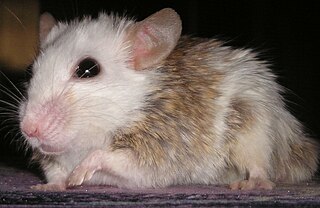
Mastomys is a genus of rodent in the family Muridae endemic to Africa. It contains eight species:

The steppe mouse or mound-building mouse is a species of rodent in the family Muridae. It is found in grassland and other open areas in Austria, Bosnia and Herzegovina, Albania, Bulgaria, Croatia, Czech Republic, Hungary, North Macedonia, Romania, Serbia, Montenegro, Slovakia, Slovenia, and Ukraine.
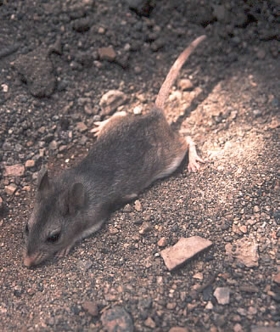
The southern grasshopper mouse or scorpion mouse is a species of predatory rodent in the family Cricetidae, native to Mexico and the states of Arizona, California, Nevada, New Mexico, and Utah in the United States. Notable for its resistance to venom, it routinely preys on the highly venomous Arizona bark scorpion.

The cotton mouse is a species of rodent in the family Cricetidae found in the woodlands of the US South.

The Hastings River mouse is a species of Australian rodent in the subfamily Murinae of the family Muridae. It is found only in Australia.

The red climbing mouse, also known as Vernay's climbing mouse, is a species of rodent in the family Muridae. It is named after explorer and antiques dealer, Arthur Vernay, who sponsored the expedition during which the animal was first discovered. It is the only living species in the genus Vernaya, and has no subspecies.

Hildegarde's broad-headed mouse or Hildegarde's zelotomys is a species of rodent in the family Muridae. It is found in Central Africa.
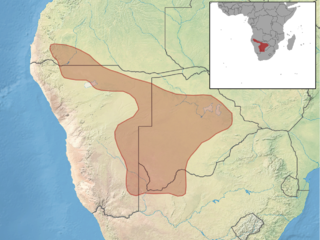
Woosnam's broad-headed mouse or Woosnam's zelotomys is a species of rodent in the family Muridae. It is found in Angola, Botswana, Namibia, and South Africa. Its natural habitat is dry savanna.

The cerrado climbing mouse or long-tailed rhipidomys is an arboreal rodent species in the family Cricetidae from South America. It is found in primary or secondary forests of the cerrado and caatinga in central and eastern Brazil, and has also been seen in the Atlantic Forest. Its karyotype is 2n = 44, FN = 48-52. They are nocturnal animals and can be found in both tree canopies and on the ground.
Praomyini is a tribe of muroid rodents in the subfamily Murinae. Species in this tribe are found mostly throughout Sub-Saharan Africa, but one species is found in North Africa, and another is found in the Arabian Peninsula.















